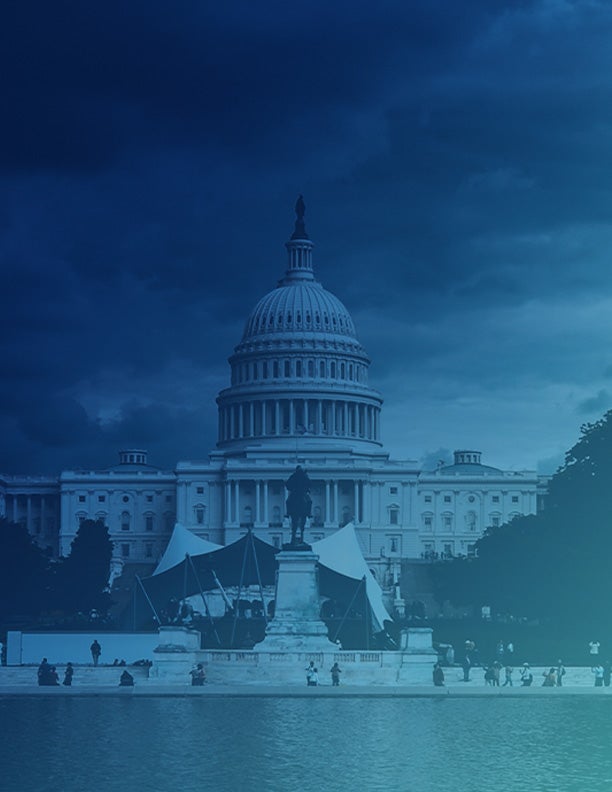Co-chairs Wessel and Helberg, distinguished commissioners and staff, thank you for the opportunity to participate in today’s hearing. It is an honor to testify alongside the experts on this panel and the two panels later in the day. I am currently a senior research analyst at the Center for Security and Emerging Technology at Georgetown University, where I study the U.S. innovation ecosystem, the flow of domestic and international tech talent, and U.S.-China technology competition.
Today my testimony will focus on the last topic, and specifically U.S. policies related to the procurement of Chinese-manufactured information and communications technology and services (ICTS). For more than a decade, U.S. leaders have warned that ICTS produced by certain Chinese companies presents national security risks. In recent years, policymakers have enacted a variety of measures intended to purge this technology from U.S. digital networks and supply chains. These measures (which I refer to broadly as “procurement bans”) grant policymakers the authorities necessary to restrict the use of technologies deemed to present national security risks (“designated ICTS”) across U.S. digital networks. While federal and state government agencies have slowly started to implement these procurement bans, there remain economic and bureaucratic factors that could impede the effectiveness of these policies.
My testimony will 1) provide a brief overview of the various risks posed by designated Chinese ICTS; 2) detail existing regulations related to foreign ICTS procurement; 3) discuss the prevalence of designated Chinese ICTS in the United States and barriers to implementing effective procurement bans; and 4) conclude with recommendations for how policymakers can begin developing a more targeted and cohesive nationwide framework for regulating Americans’ use of foreign ICTS. These four recommendations include:
- Prioritizing broad, flexible federal authorities
- Fully funding “rip and replace” programs and related measures
- Targeting procurement bans to high-risk sectors, networks, and use cases
- Monitoring the implementation and effectiveness of procurement bans
